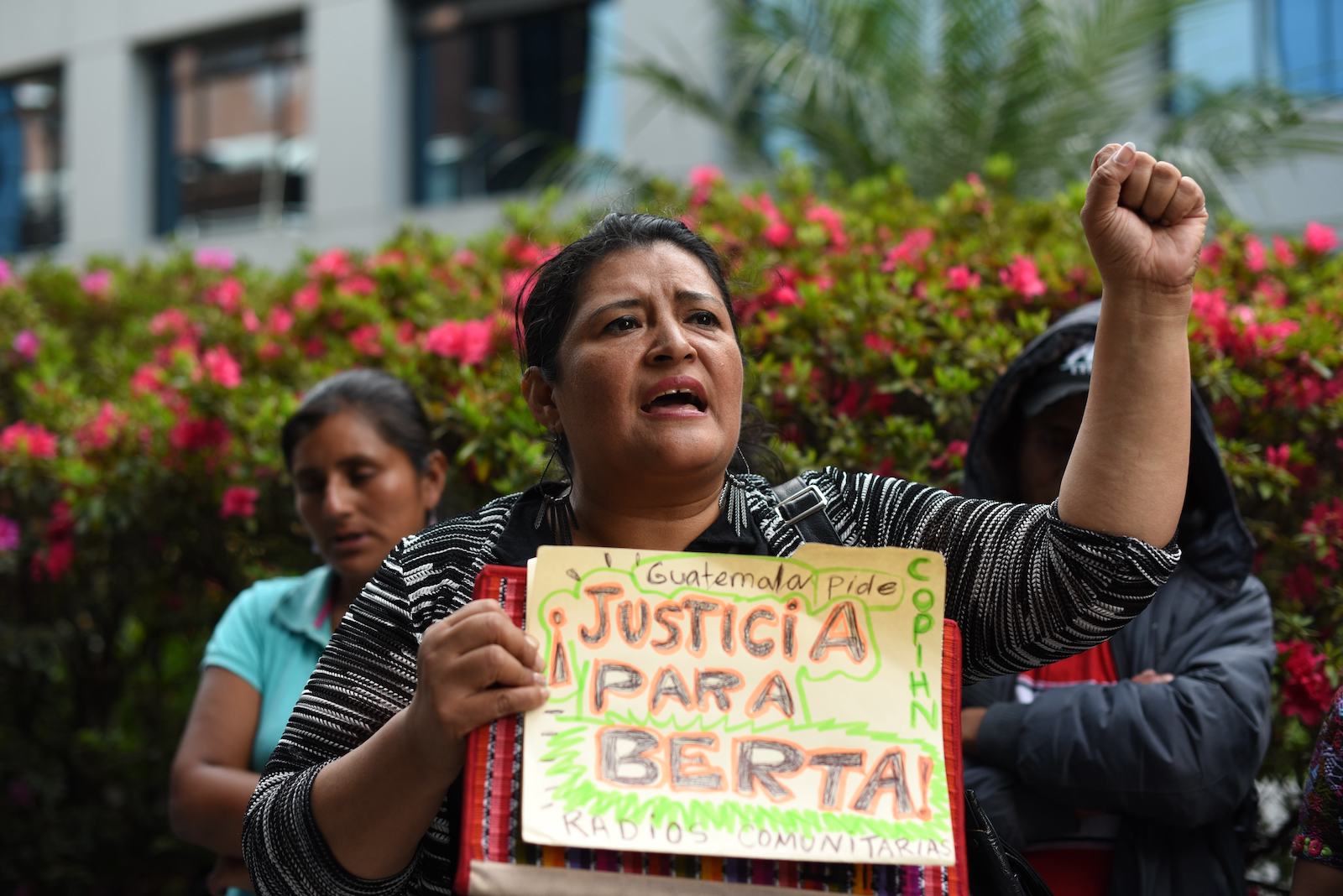Sandra Liliana Pena was a human rights defender in Colombia. A member of an Indigenous group known as the Nasa and the Paez, she eventually became the governor of a reserve in the Cauca community, where she protested against illegal crops being grown on Nasa land. Then in April of 2021, she was pulled out of her home by four unknown individuals and shot in the head.
Pena is just one of scores of women who’ve faced violence — beatings, attacks, dispossession, incarceration, intimidation, assassination — related to their roles as environmental activists. In a new analysis from the Autonomous University of Barcelona published in the journal Nature, researchers examined 523 documented cases of violence specifically against women environmental defenders, or WEDs. In 81 of these cases, the defender was assassinated, whether by the state, an organized criminal group, a business interest, or some combination of the three.

According to the study, women often face violence in these conflicts not only as activists, but because their actions often defy patriarchal gender expectations of docility and sacrifice that authoritarian governments may use as means of enforcing social order. Women, particularly low-income and Indigenous women, have long been at the frontlines of environmental conflict, putting them in close contact with paramilitaries, traffickers, and resource extraction workers. Even when governments concede to environmentalists, women are often left out of negotiations, despite the documented disproportionate impacts of ecocide on women.
“Across these countries, authoritarian populism reinforced existing chauvinism wherein gendered tropes and inequalities incite and justify violence against women,” the study authors wrote.
These cases were identified using an ongoing mapping project called the Environmental Justice Atlas, which tracks environmental justice conflicts throughout the world. The atlas sorts conflicts by health impacts, type of environmental problem (oil and gas, agriculture, etc.), conflict levels, and other categories. WEDs faced extrajudicial violence primarily in the Philippines, Colombia, Brazil, and Mexico, where conflict over land, minerals, and industrial activity have reached a fever pitch.
In Colombia, for instance, illicit cattle ranching and coca farming near Indigenous communities have led to armed conflicts between land defenders and organized criminal groups. The country also has a high rate of violence against women in general, with 630 femicides officially recognized in 2020 alone. Indigenous and Black women are disproportionately likely to be affected by gendered violence, and are also more likely to live near the frontlines of armed environmental conflict and face threats when speaking up.
Study authors noted that violence against women activists doesn’t always look like outright murder. Other more common forms of environmental harassment include displacement, repression, criminalization, and non-deadly forms of violent targeting. The study found that women were incited to take action after facing certain forms of violence, such as sickness or non-assassination deaths of family members. They also mobilized in response to food insecurity and loss of livelihood.
Study authors say that cases of violence against WEDs are likely severely undercounted, noting that conflict reporting frequently sidelines women as residents, mothers, and wives, rather than as activists in their own right. Furthermore, environmental conflicts are not always well documented in and of themselves, making it difficult for researchers to determine if violence against women was related to environmental activism.
But documenting violence against women environmental defenders is not the same as finding justice. International human rights advocates say that even in high-profile cases, it’s often difficult for families of WEDs who have been murdered or wrongfully incarcerated to get justice. The assassination of Honduran land defender Berta Cáceres for example, was international news seven years ago, but according to Amnesty International campaigner Graciela Martinez, Cáceres’ family is still searching for some of the perpetrators.

“It is important to keep pushing for justice, as there is a lot of impunity,” Martinez said. “When attacks are gender-based it is even more difficult to get justice.”
Martinez is working with human rights defenders from around the world to advocate for increased protections for environmental activists like Cáceres. She said 15 out of 33 Latin American and Caribbean countries have agreed to take on articles of protection, which would outline rights for the region’s marginalized people in their defense of their lands and communities. She believes better protection — for women and other vulnerable environmental activists — is possible with commitment from world leaders, but only if those groups are able to participate in the process of implementation.
“We must engage human rights defenders, and especially Indigenous people, women, and children in this process,” she said.




